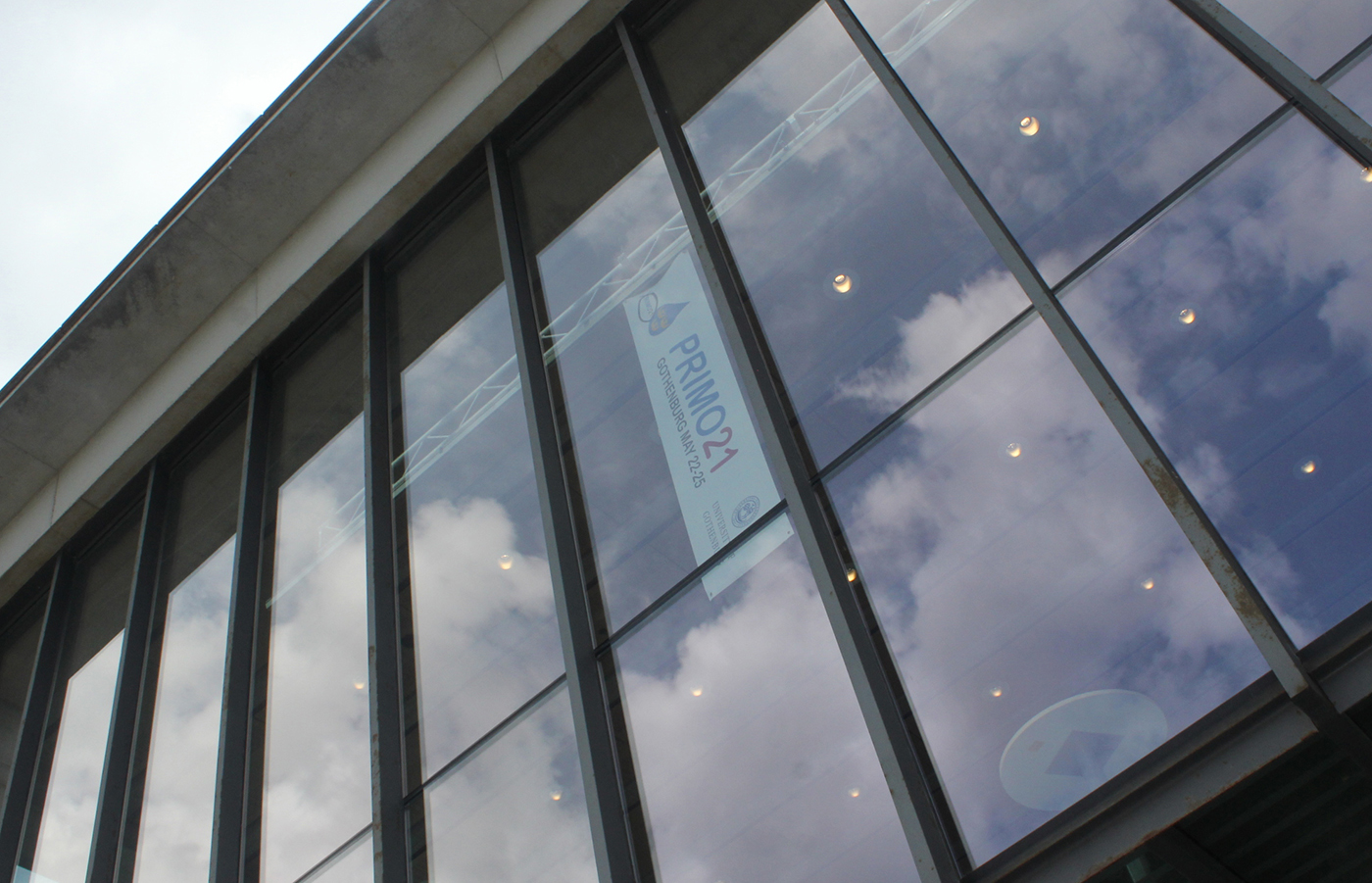The marine eco system and the 3Rs
The 3Rs Center attended the international symposium on Pollutant Responses In Marine Organisms, called PRIMO. Speakers from all over the world participated on site in Gothenburg.

Every second year, researchers, funders and authorities come together from all over the world to learn about pollution and climate change in the marine eco system. This time the University of Gothenburg hosted the symposium together with several stakeholders, among them the Swedish 3Rs Center.
The scientific program had several session streams and one of them was dedicated to Alternatives to animal testing and the 3Rs.
To replace live fish in studies
Two separate presentations focused on replacing fish with in vitro cultures of fish gills for toxicity studies. One of them uses a standard cell culture to replace fish in bioaccumulation studies, whereas the other works to refine studies with a flow through system. In a flow through system, the researchers have managed to develop a functioning structure consisting of layers of cells, but hope to be able to build a fully functioning gill in the future.
The program then moved on to whether it is possible to study prolonged stress in fish by measuring prevalence of hormones, such as cortisol, in scales. Researchers who study other animal species use similar methods and can measure cortisol in hair and feathers as a way of measuring stress. The results obtained in fish scales seem to be similar to those in mammals and birds.
The last presentation was about creating an in vitro method to study the effects of plastics on fish. A monolayer culture and spheroids were created, where the spheroids showed a great potential to replace fish in these types of toxicity studies.
Poster session about the 3Rs
The symposium also presented a large poster session and the 3Rs Center met some of the authors to learn more about their work. In total, there were nine posters about alternatives to animal testing and the 3Rs.
Placenta as a non-invasive method to monitor ringed seal
Jesse Simola at the University of Eastern Finland studies the Saimaa ringed seal, an endangered species in the Lake Saimaa in Eastern Finland. One of the major threats to the seals is the presence of mercury in their natural environment.
Jesse Simola and his colleagues investigate the possibility to use the seals placenta to measure mercury concentrations. This gives a non-invasive method that does not affect animals at all, since the Saimaa ringed seal does not eat their placenta, but just leave it in the snow or in the water near the lairs they build. The research group collect placentas and natural dead pups every summer, to do new studies to follow the presence of mercury in the environment.
To use non-animal derived medium in toxicity tests
Drilon Haxhijaj is a master student in toxicology at the University of Gothenburg. For a couple of months he has performed studies with a non-animal derived medium for cell cultures. He gradually replaces the fetal bovine serum with a non-animal derived product. His findings show that the cells need more time to adjust to the medium, to grow and become robust and that the composition matter. The results can lead to future studies, to let the cells get used to the new formula in an earlier stage and to try different composition.
Drilon aims to find a composition that will be useful for several kind of cells. So far, his studies have been conducted on a fish hepatoma cell line, PLHC-1.
In vitro assays to identify endocrine disrupting chemicals
Salima Aroua and her colleagues at the University of Havre in France study the effects of endocrine disruptors on marine organisms and the eco system. One of the models they use is a sea bass. Instead of using live fish, they use cell lines from the pituitary, the part of the brain that controls hormone production. With the help of these cell lines, they can screen the molecules for biomarkers that indicates effects of the hormone production. Studies to identify effects can be performed in vitro – and then one can move on to in vivo studies.
Hence, they need less animals and they get more information from every single animal than with traditional methods.
In vitro method to study how cells communicate
Csilla Pelyhe is a postdoc at the University of Gothenburg. She isolates vesicles that derive from cells and that can be found in bodily fluids like blood, urine or breast milk. These vesicles are used in different kind of research, for example in cancer research. The vesicles carry information from the cells and do indicate if something is wrong. Researchers try to find out how the cells communicate with each other in different conditions, and use the vesicle information as biomarkers. It is possible to isolate the vesicles from live animals without harming them, for example from blood plasma or skin mucus in case of fish, but Csilla investigates the potential in using fish cell lines to isolate and study the vesicles.
According to Csilla this is an alternative way to replace some experiments in fish and to reduce the total use of fish. It is also an effective way to avoid unnecessary testing on fish, where one can get just as good results in vitro or reduce the needed in vivo experiments based on the in vivo data.
Award to the best presentation
At the final day, two 3Rs prizes were awarded to students with the best 3Rs presentations. The 3Rs Center had two representatives in the jury.
The first award was given to PhD student Penelope Fenton from University of Suffolk who talked about a flow-through system for in vitro gill cell culture.
The second award was given to master student Drilon Haxhijaj from the University of Gothenburg who presented a poster about exchanging the common fetal bovine serum with an animal-serum-free protocol in in vitro studies.